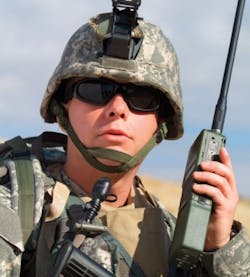Broad requirements help determine real-time operating system (RTOS) software for military communications
Feb. 24, 2011
Posted by Courtney HowardWILSONVILLE, Ore., 24 Feb. 2011.Military communications systems designers must take a close look at their operating requirements to determine the best kind of real-time operating system (RTOS) software for the specific application, real-time software industry experts say.The specific military and aerospace application use case will determine the required RTOS characteristics, says Sonia Leal, product marketing manager for RTOS software, Mentor Graphics in Wilsonville, Ore. “For example, a commercial aerospace use case will dictate a certification requirement where single-core, time- and space-partitioned, DO-178B-certified RTOS solutions dominate.“For military-centric applications, such as a software-defined radio (SDR), the RTOS will require a level of high determinism, memory protection, and minimal to moderate footprint size, where a proprietary RTOS is well suited,” Leal continues. “SDR applications require an incredible amount of numerical translation and message passing between the receiver and transmitter, where a general-purpose OS may not support the required determinism to handle the heavy communication.”
Mentor Graphics developers continue to innovate, extending the functionality and capabilities of the company’s Nucleus RTOS. Nucleus features storage and database management; USB, networking, and multimedia support; and advanced graphical user interface capabilities.
Green Hills Software’s Integrity RTOS and GateD Advanced Routing software are “at the heart of a next-generation Rockwell Collins software-defined radio network router, part of the Joint Tactical Radio System (JTRS) program,” says Dan O’Dowd, chief executive officer of Green Hills Software in Santa Barbara, Calif.
For more information contact Mentor Graphics online at www.mentor.com, or Green Hills Software at www.ghs.com.
Voice your opinion!
Voice your opinion!

